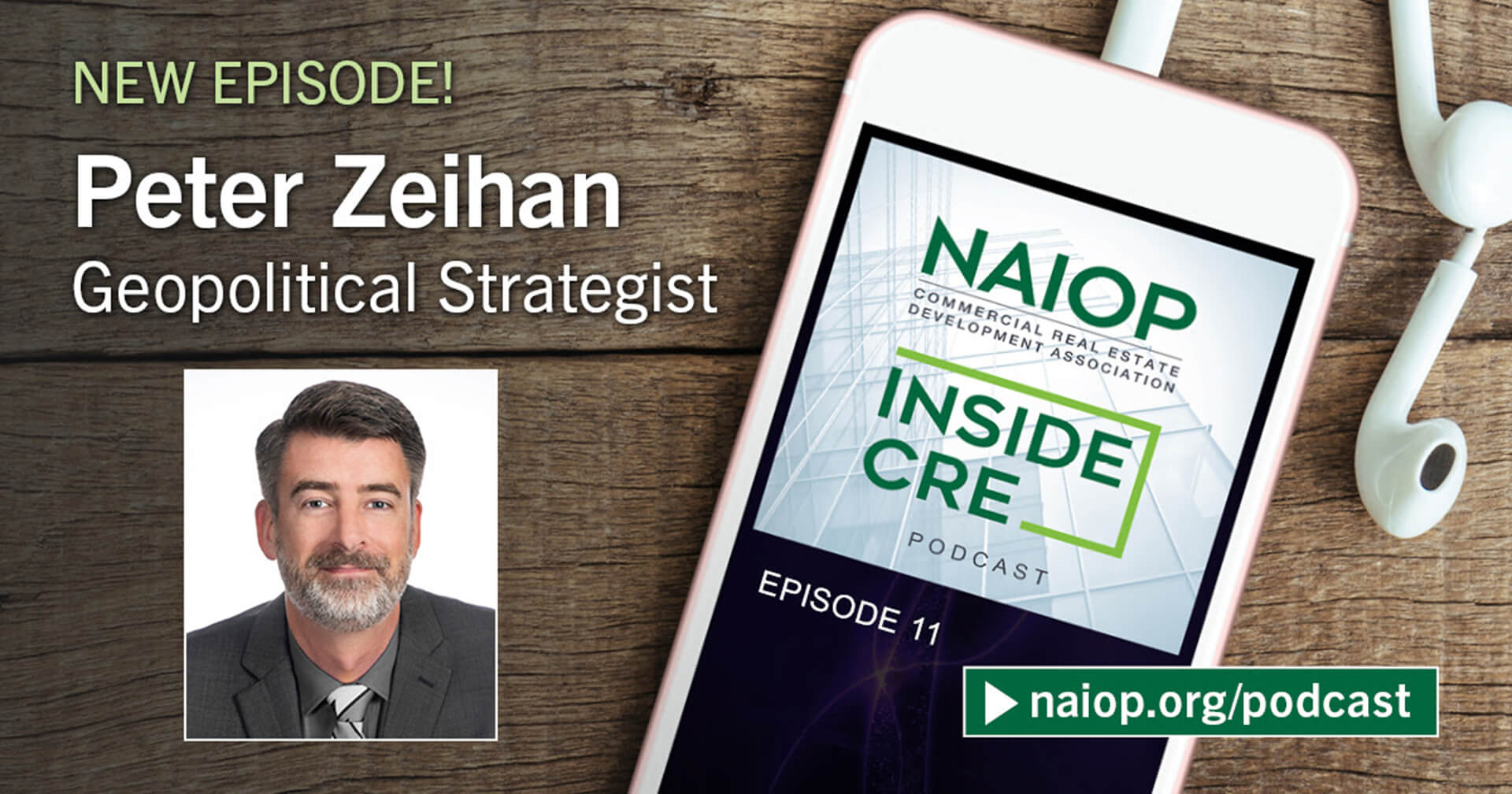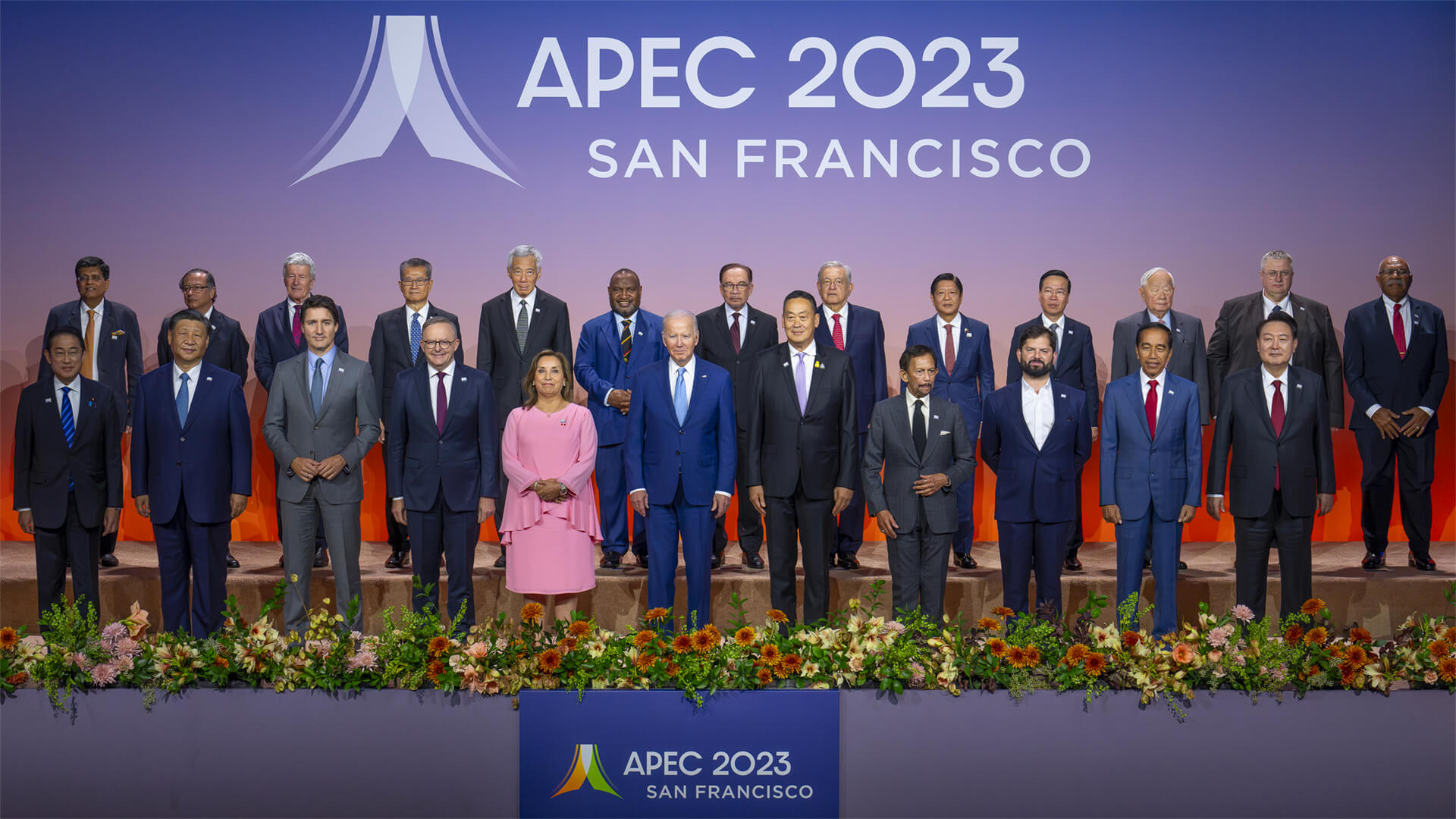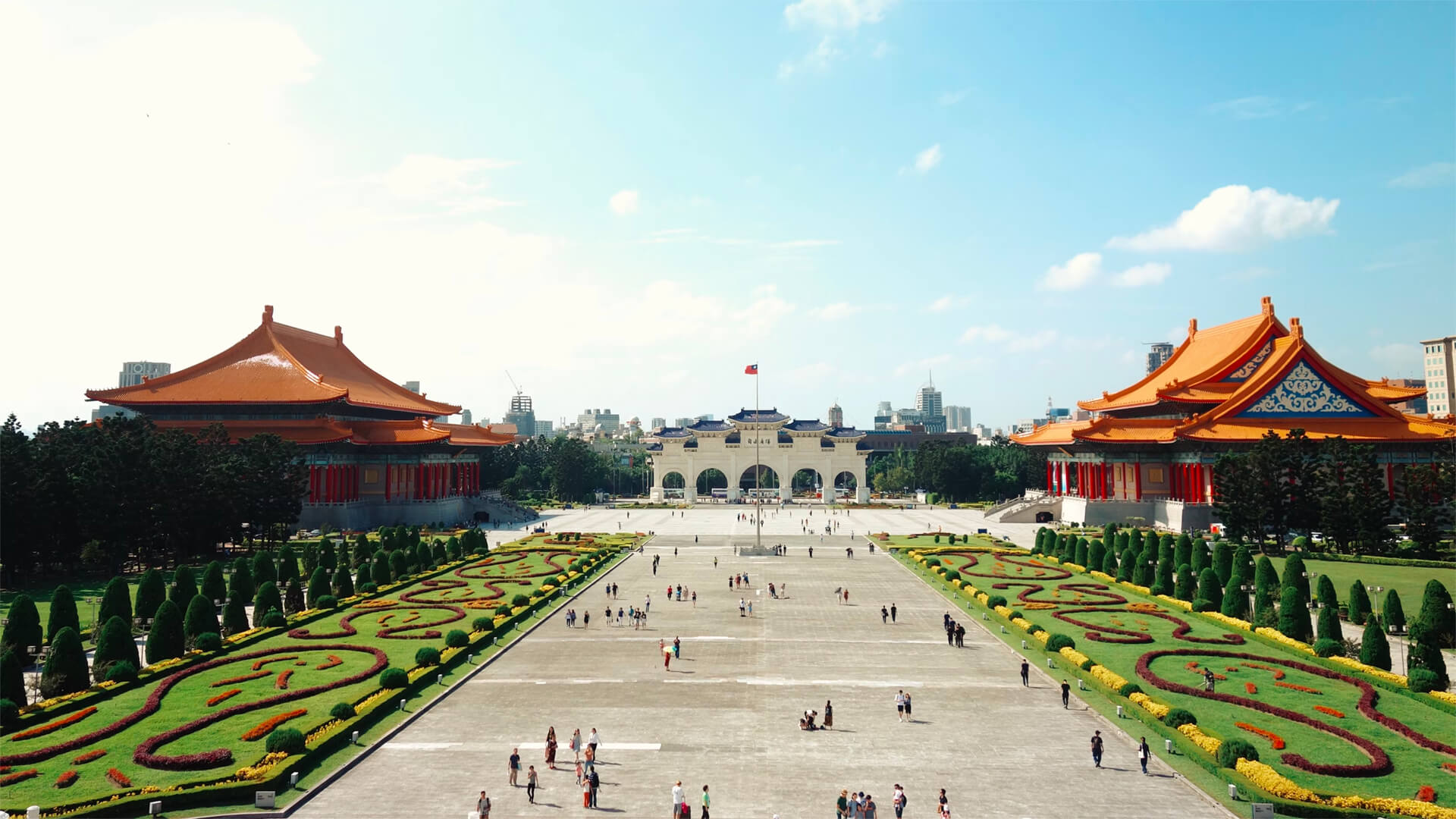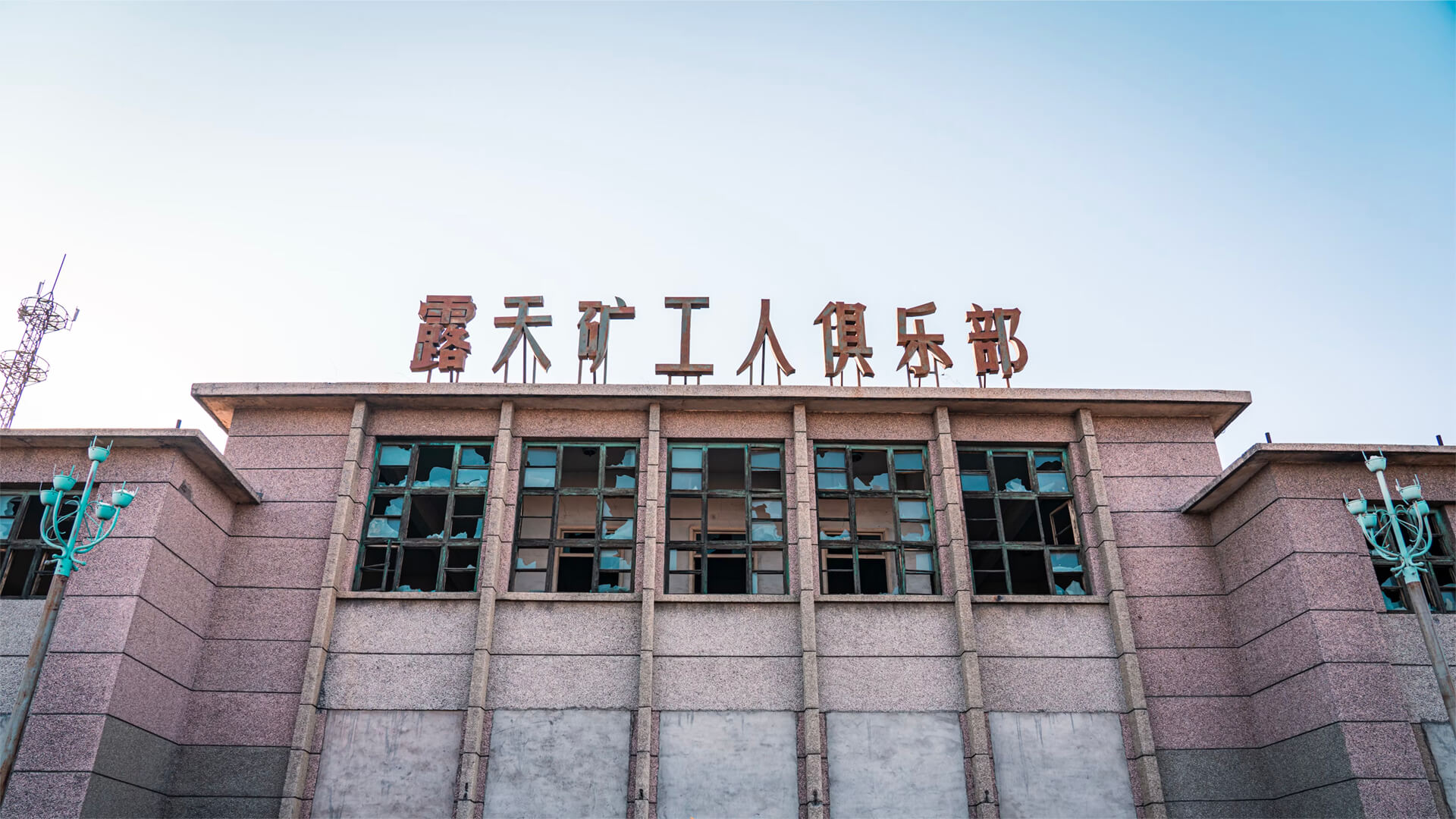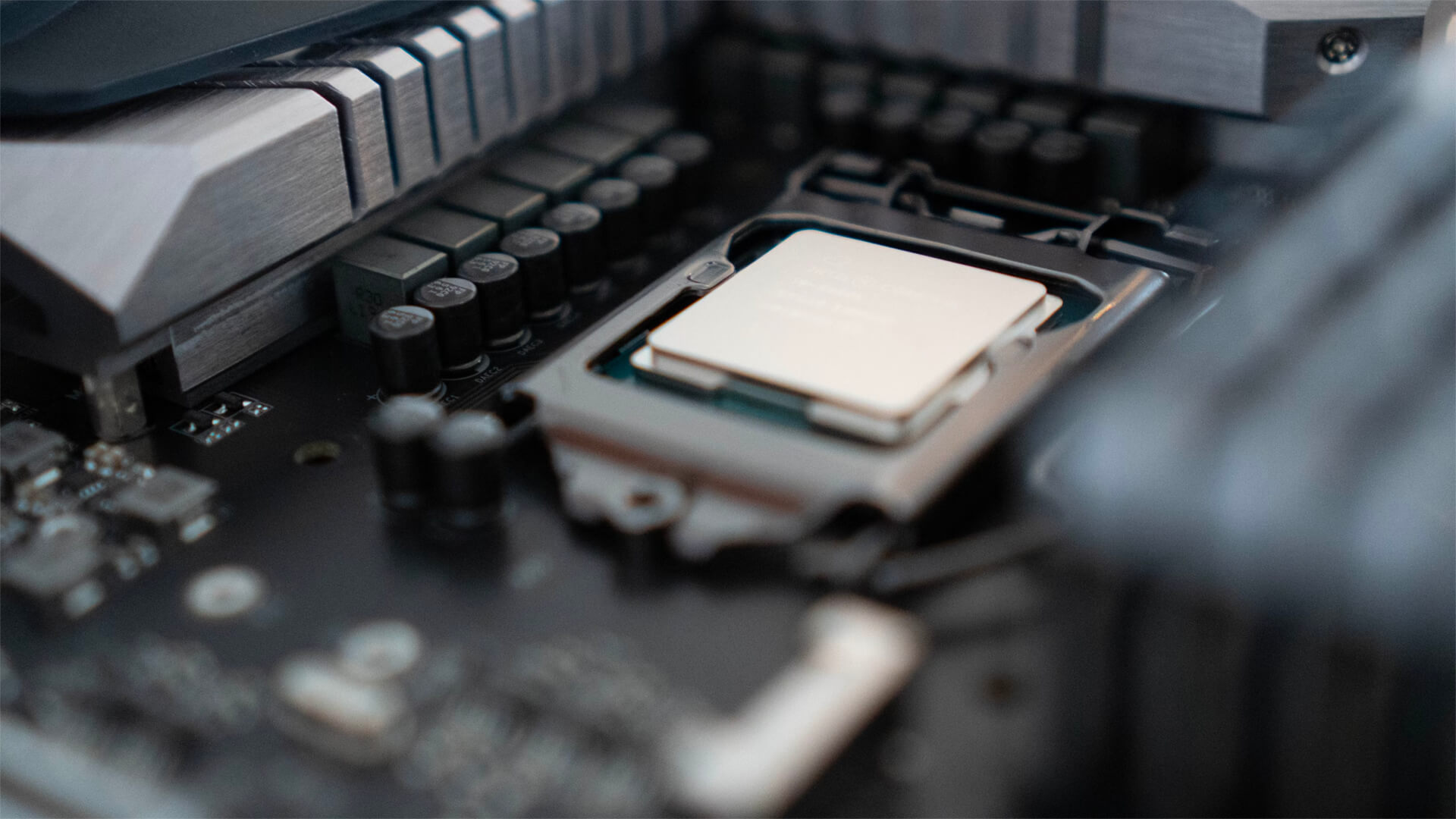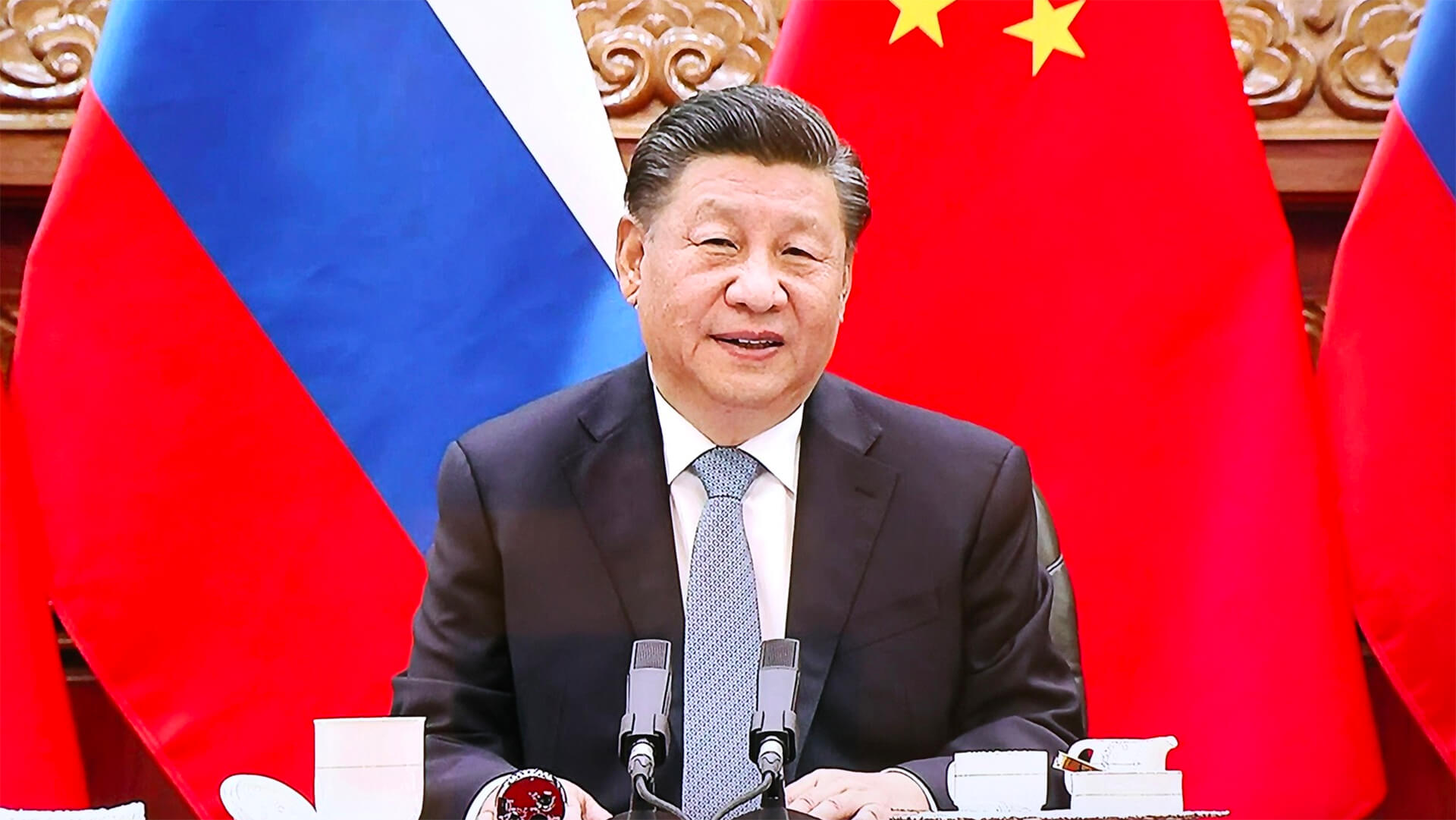The schoolyard bullies are back at it again. Russia is funneling waves of migrants into the Finnish border, and China has wreaked havoc on the Gulf of Finland by dragging an anchor across the sea floor.
These are clearly intentional and deliberate actions, but what do they signify? In all likelihood, these indicate potential cooperation between Russia and China in different global theaters – challenging the ability of the US to focus on multiple fronts.
We’ve discussed this in the past, and I’m not too worried about the United States’ ability to handle both Russia and China simultaneously. Click below for a refresher:
Besides Russia (once again) underestimating Finland’s support network, these actions will likely spark some changes in naval patrol patterns for the US.
Here at Zeihan On Geopolitics we select a single charity to sponsor. We have two criteria:
First, we look across the world and use our skill sets to identify where the needs are most acute. Second, we look for an institution with preexisting networks for both materials gathering and aid distribution. That way we know every cent of our donation is not simply going directly to where help is needed most, but our donations serve as a force multiplier for a system already in existence. Then we give what we can.
Today, our chosen charity is a group called Medshare, which provides emergency medical services to communities in need, with a very heavy emphasis on locations facing acute crises. Medshare operates right in the thick of it. Until future notice, every cent we earn from every book we sell in every format through every retailer is going to Medshare’s Ukraine fund.
And then there’s you.
Our newsletters and videologues are not only free, they will always be free. We also will never share your contact information with anyone. All we ask is that if you find one of our releases in any way useful, that you make a donation to Medshare. Over one third of Ukraine’s pre-war population has either been forced from their homes, kidnapped and shipped to Russia, or is trying to survive in occupied lands. This is our way to help who we can. Please, join us.
TranscripT
Hey everybody. Peter Zeihan here coming to you from Phenix, where I’m on my last business trip of the year. Very exciting. Today we’re going to talk about something that the Russians and the Chinese are doing against Finland, of all places. We’ve had two big events over the course of the last few weeks. Number one, the Russians started funneling illegal migrants from Central Asia and South Asia into the Finnish border.
Clearly, this was intentional, clearly that it was premeditated because you don’t go from having less than one person a day to almost a thousand in an area that the Russians consider a security zone. Second, the this one, Solaris the Chinese in with the container ship new new polar bear. Makes more sense in Mandarin dropped their anchor in the Gulf of Finland between Finland and Estonia and then proceeded to drag the anchor on the seabed for about 20 miles until they suffered a telecommunications cable and damaged pipeline or sorry, it was an electricity transmission and make them some cable damaged pipeline.
Again, that’s not something that happens by accident. And in both cases, the Russians, the Chinese are kind of going like, what do you do about it? And it’s not clear exactly what anyone is going to do about it, because it’s one of those definitely less than war scenarios. So we’ve got three things going on here. First is this is practice for the Russians and the Chinese.
They’ve never really functionally cooperated before. They’ve certainly never coordinated their actions. But in doing two things in different theaters versus the same country that has managed to displease the Russians of late by joining Dito, this is practice for kind of a larger scale. Well, the U.S. does not consider itself capable of being involved in two major military operations at the same time, even though one would be naval and China and one would be on the land in Ukraine.
But, you know, putting that to the side. So anything that forces the United States to look in two directions at once is kind of a win in above itself, even if nothing comes from it. Second, there is the issue of implications for action. And we’re already seeing NATO countries changing their naval patrol patterns to look out for things like the Chinese.
Because, you know, when you’re dragging your anchor for 20 miles, it’s not like that is a normal bit of operation. Oh, by the way, they found sea anchor. They matched it to the vessel in question. So the Chinese are, you know, doing their normal association and lying thing. But the Finns and the Estonians really have no doubt as to what went down here.
But then there’s the third issue, and that’s the target choice. Now, until recently, Finland was officially a neutral country because it was terrified of facing the Soviet Union. And then eventually the Russians. It’s not that they think they’re weak. It’s that they know that they’re outnumbered. So if you go back to World War Two, the Finnish chapter of that conflict was called the Winter War.
And when Stalin’s troops came in, they were massacred in the winter conflict, looking at 2241 casualty ratios throughout the winter. But when the snows finally went away and the advantage of just being able to ski through the Russian forces went away. The Finns were forced to sue for peace and accept a deal that gave up territory on which about a quarter of their population prewar lived.
It’s something the Finns have never really forgotten. And so ever since then, the Finnish military has basically prepared for one fight. What happens when the Russians finally come? But this is a creative country that has shown that it can punch well, well, well, well above its weight. It arguably has the most effective military in terms of per capita in natto.
And they’re starting to trade with nature now that they’re members. And they just kicked everybody’s ass in the biathlon competition last winter, which, you know, they’re terrifying because that’s one of the reasons why the casualty ratios were so high, because these are all natural sharpshooters and these are all natural ski folks anyway. Also, when the Finns are involved, it’s not just the Finns.
They’ve got their kind of little brothers, if you will, Estonia, Latvia and Lithuania. But more importantly, they get along excellently with their other Scandinavian cousins in Denmark and Sweden and Norway. You know, the Vikings, not to mention excellent relations with the United Kingdom and now the United States. So basically what the Russians have done is pick someone that they thought was on the fringe they thought was alone.
But primitive is representative of the fact that Russian decision making at the diplomatic and security level has really broken down. They’ve kind of forgotten that even Stalin was a little bit scared of the Finns. And so they walked around and now they’re going to find out.


